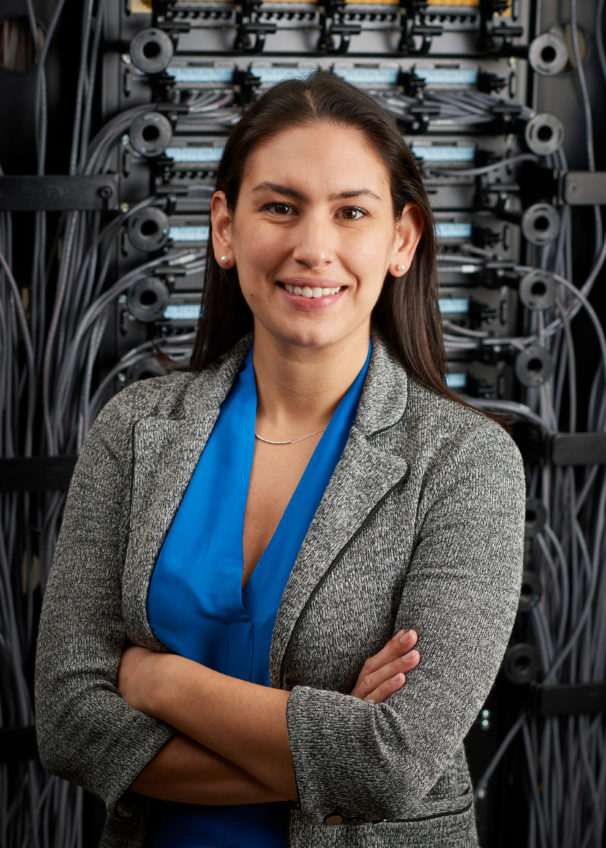
COVID-19 vaccines will not completely eliminate the virus and make everything go back to normal right away. Instead, it is likely COVID-19 will be around for several years. Communities will have to live with COVID-19 just like they do other viruses like the flu.
COVID-19 is difficult to eliminate because it is easily transmitted by those who don’t exhibit symptoms. It is also transmitted through common acts such as breathing and talking. Additionally, COVID-19 is particularly effective at infecting cells.
Since COVID-19 is here for the foreseeable future, it will continue to impact long-term care facilities. This means there are still increased health risks for staff, patients and visitors. Long-term care facilities are locations where the virus can spread quickly to one of the most vulnerable populations — their residents — so it is important to take these risks into account.
In planning for the future, be sure to take into account that preventative measures such as masks, good ventilation and testing will continue. However, there is more you can do to ensure your facility is as safe as possible.
Creating negative-pressure rooms to contain outbreaks of viruses like COVID-19 or the flu and purifying the air are two highly effective strategies for reducing or eliminating the spread of airborne diseases.
Airborne Infection Isolation Rooms are negative-pressure rooms designed to prevent the spread of contagious diseases. Negative air pressure pulls clean air into the room, keeping the air inside the isolation space and preventing it from escaping into nearby areas. The contaminated air is then exhausted outside instead of being recirculated to create the negative pressure. Negative-pressure rooms have been a key aspect of the COVID-19 response in hospitals.
When creating an isolation room is not possible, air purification and circulation is an alternate solution. Using air purification and circulation can increase the safety of residents and staff in a long-term care facility. This method can improve the air quality inside or outside of an isolation space; it can also be used when cleaning a space that previously had an infected patient. Increasing the number of air changes per hour does two things: It increases the effectiveness of cleaning, and it speeds up the time needed to turn over the air in the room.
Look for tools that help with both creating negative pressure spaces and purifying air. Ideally, the solution will be compact and portable so it can be moved from room to room where it is needed to create isolation spaces. With such systems, the exhaust setup isn’t permanent, allowing for easy storage and access when needed to quickly create isolation spaces.
The right solution can turn a regular room into an isolation room in minutes. HEPA filters and UV bulbs purify the air to 99.99%. This, combined with increased air changes per hour, means your facility can purify and circulate the air in a room, even if exhausting air is not possible.
Michelle Mendoza is the product manager for Setra Systems Critical Environment solutions. She has a background in both process engineering and outbound marketing. Throughout the COVID-19 pandemic, her focus has been on resources and products related to the use of negative pressure isolation in hospitals and other healthcare spaces, including long-term care facilities.




